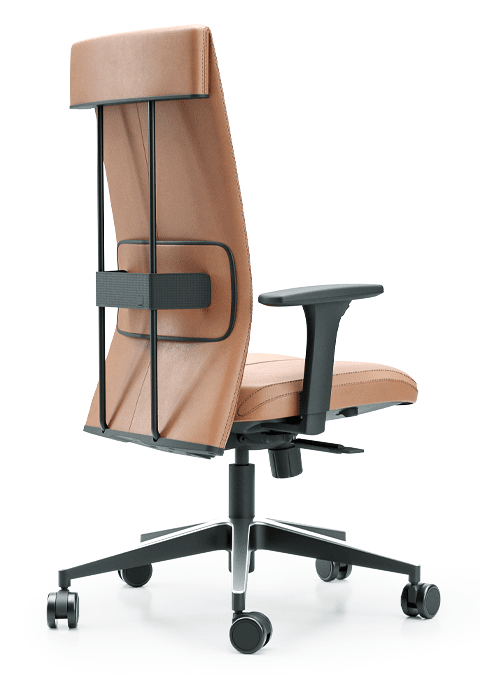The word Ergonomics derives from the Greek “Ergon” (which means work) and “nomos” (which means norms, rules and laws), that is, Ergonomics understands the relation of norms to work.
Ergonomics is related to the adaptation of work to aspects related to the workspace, such as: furniture, seats, lighting, air conditioning, organizational aspects, layouts, among others.
However, one of the main concepts of Ergonomics is related to adapting work to people’s needs. Therefore, looking at people and their physical, cognitive and emotional needs is one of the main contributions of this multidisciplinary science, focused on the interface between man and his work environment.
A little of history
The Polish researcher Wojciech Jastrzebowski, was one of the precursors of the concepts of Ergonomics, which date from the year 1857, but it was mainly after the Second World War, that the concepts of Ergonomics helped to improve working conditions. In 1959, the “International Ergonomics Association” (IEA) was founded, defined as the International Ergonomics Association. In 1983, the Brazilian Ergonomics Association (ABERGO) was founded.
ABERGO presents an Ergonomist Certification Program recognized internationally by the IEA, thus making the Brazilian Ergonomist certified and internationally recognized. Since 2018, it is the first Latin American System to have this International endorsement, alongside other four Ergonomist Accreditation systems endorsed by the IEA: the BCPE of the United States of America, the CREE of the European Community, that of the Japanese Ergonomics Society, and the New Zeland Ergonomics Society.














